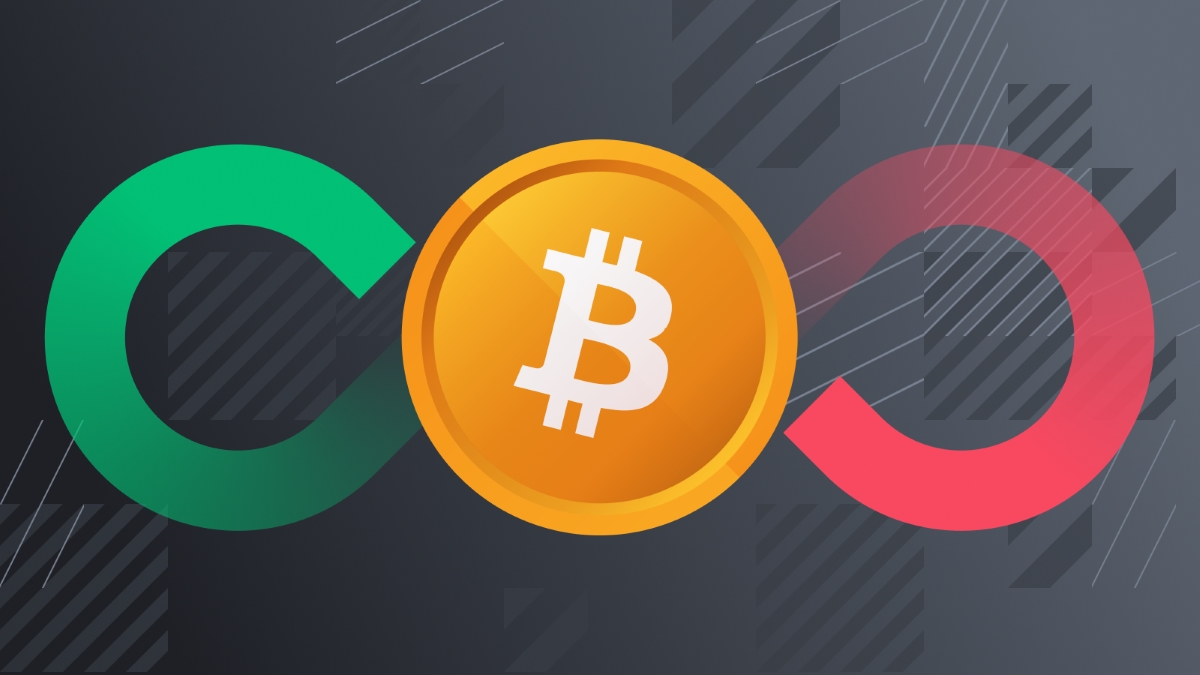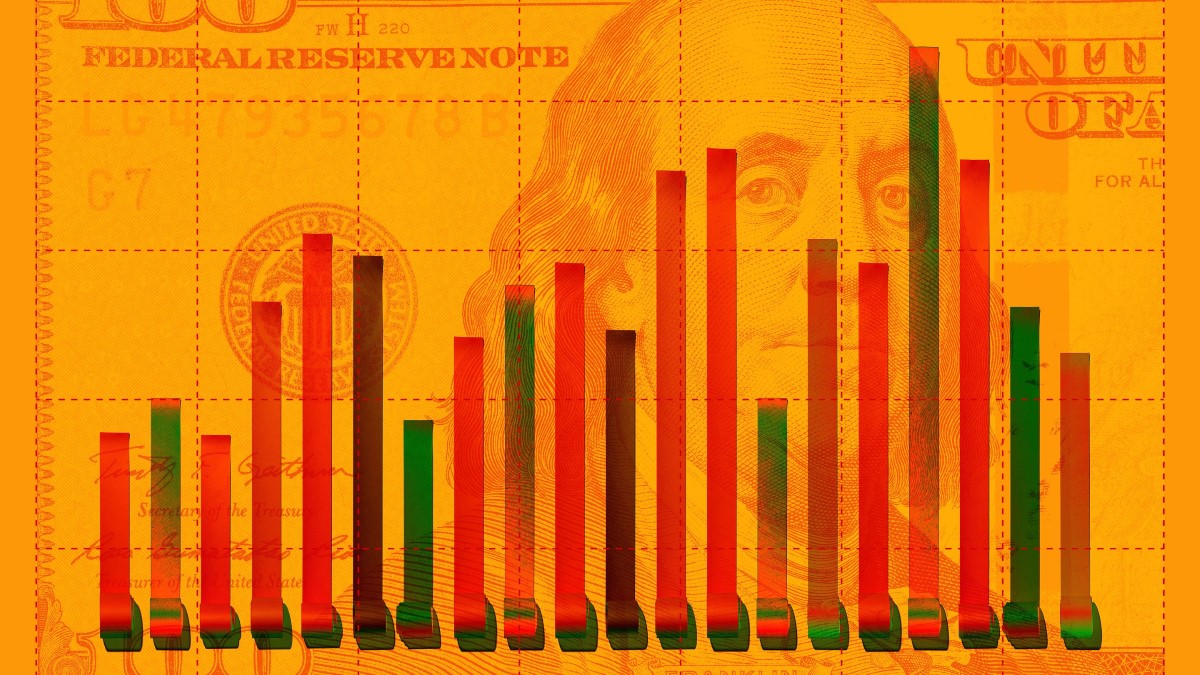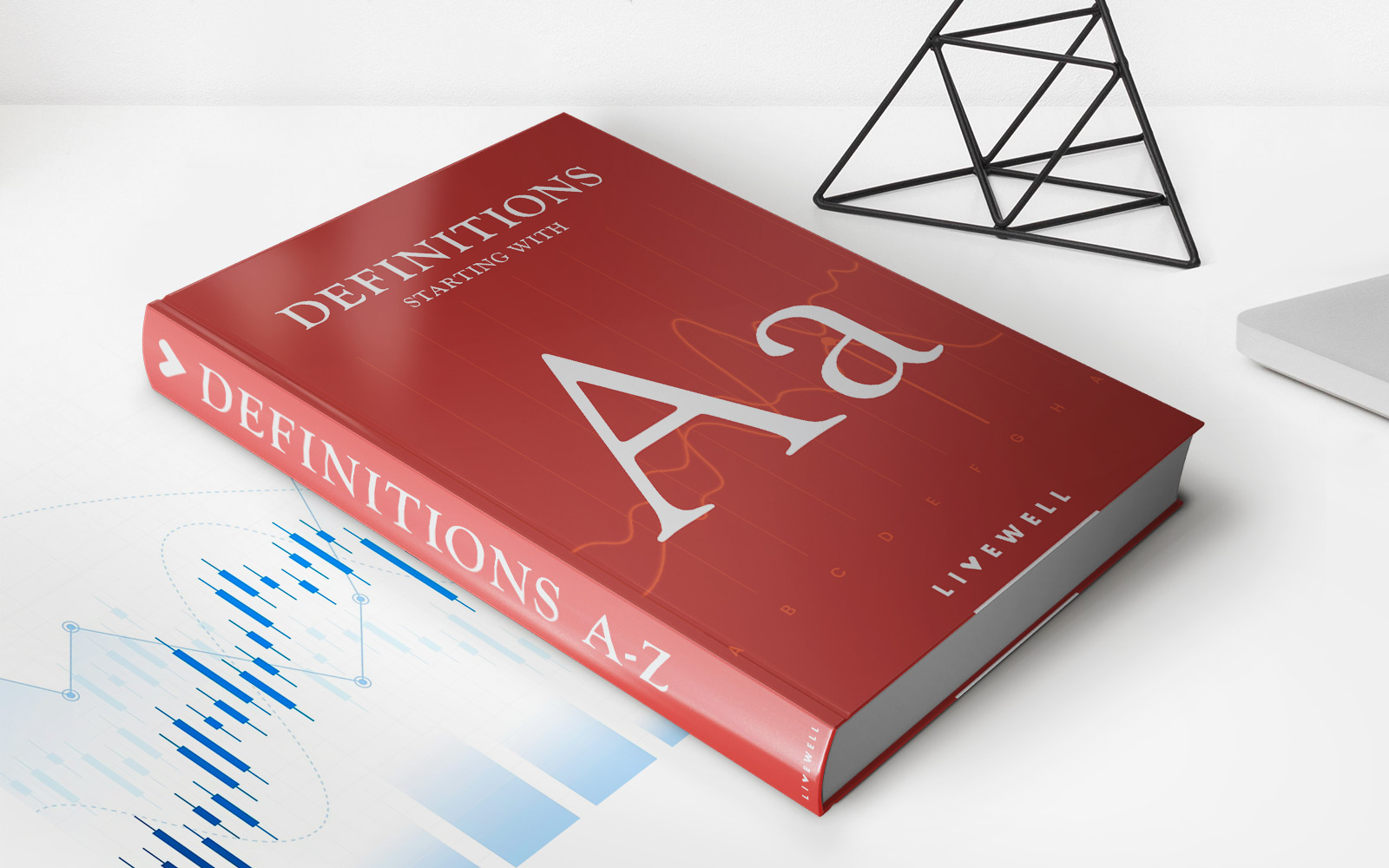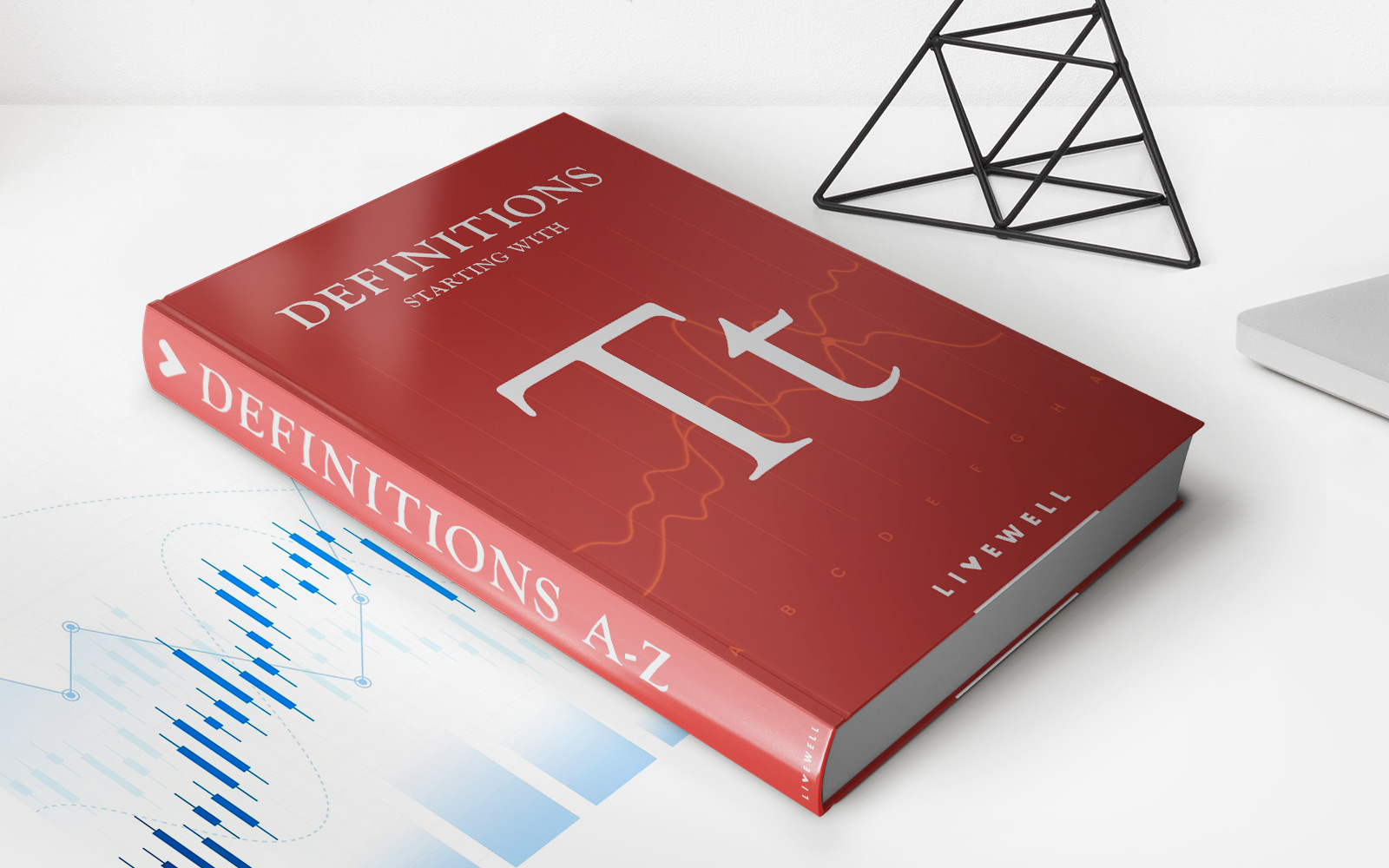

Finance
What Are Futures And Options Contracts?
Published: February 28, 2024
Learn about futures and options contracts in finance, including how they work, their differences, and their potential benefits and risks. Gain a deeper understanding of these essential financial instruments.
(Many of the links in this article redirect to a specific reviewed product. Your purchase of these products through affiliate links helps to generate commission for LiveWell, at no extra cost. Learn more)
Table of Contents
Introduction
Understanding Futures and Options Contracts
Futures and options contracts are essential components of the financial market, offering investors the opportunity to engage in speculative trading, hedge against price fluctuations, and diversify their portfolios. These derivative instruments derive their value from an underlying asset, such as commodities, stocks, or currencies, and play a pivotal role in risk management and price discovery.
Futures contracts entail an agreement between two parties to buy or sell an asset at a predetermined price on a specified future date. On the other hand, options contracts provide the buyer with the right, but not the obligation, to buy or sell the underlying asset at a predetermined price within a specified timeframe. Both futures and options contracts are traded on organized exchanges and are subject to stringent regulatory standards.
Understanding the intricacies of futures and options contracts is crucial for investors and traders seeking to navigate the complexities of the financial markets. This comprehensive guide delves into the fundamental aspects of futures and options contracts, elucidating their mechanics, key differences, as well as the associated benefits and risks. By gaining insights into these derivative instruments, individuals can make informed decisions and leverage their potential to achieve their financial objectives.
Understanding Futures Contracts
Futures contracts are standardized agreements that obligate the parties involved to buy or sell a specified asset at a predetermined price on a future date. These contracts are actively traded on regulated exchanges, providing market participants with a transparent platform for price discovery and risk management.
One of the distinctive features of futures contracts is the requirement to fulfill the terms of the agreement at the specified future date, irrespective of the prevailing market conditions. This aspect introduces a significant level of risk, as the parties are bound to honor the contract even if the market moves against their positions.
Investors and traders utilize futures contracts for various purposes, including speculation and hedging. Speculators aim to profit from the price movements of the underlying assets, leveraging their market insights to capitalize on potential gains. Conversely, hedgers employ futures contracts to mitigate the impact of adverse price fluctuations on their portfolios, thereby safeguarding against potential losses.
Furthermore, futures contracts facilitate price discovery by reflecting the collective market sentiment regarding the future value of the underlying assets. This process contributes to market efficiency and transparency, enabling participants to make informed decisions based on the prevailing market dynamics.
It is important to note that futures contracts require an initial margin, which serves as collateral to secure the obligations of the parties. Additionally, daily price fluctuations result in variation margin, ensuring that the parties maintain the requisite level of collateral as the market conditions evolve.
Overall, futures contracts play a pivotal role in the global financial markets, offering participants a mechanism to manage risk, discover prices, and capitalize on trading opportunities. By comprehending the intricacies of futures contracts, individuals can harness the potential of these derivative instruments to achieve their financial objectives while navigating the complexities of the market.
Understanding Options Contracts
Options contracts grant the buyer the right, but not the obligation, to buy or sell an underlying asset at a predetermined price, known as the strike price, within a specified timeframe. This flexibility distinguishes options from futures contracts, as the buyer has the discretion to exercise the contract based on market conditions and their investment objectives.
There are two primary types of options contracts: call options and put options. Call options provide the buyer with the right to purchase the underlying asset at the strike price, while put options afford the buyer the right to sell the asset at the strike price. These contracts are traded on organized exchanges and over-the-counter (OTC) markets, offering investors a versatile tool for managing risk and capturing trading opportunities.
Options contracts are utilized for various strategic purposes, including speculation, hedging, and generating income. Speculators can leverage options to capitalize on the anticipated price movements of the underlying assets, amplifying their potential returns through strategic positioning. Meanwhile, hedgers employ options contracts to protect their portfolios from adverse price fluctuations, thereby mitigating potential losses and preserving capital.
Moreover, options contracts enable investors to generate income through writing options, a strategy known as selling options. By writing covered call options or cash-secured put options, investors can potentially enhance their portfolio returns while managing risk within predefined parameters.
It is essential to recognize the role of implied volatility in options pricing, as this factor reflects the market’s expectations regarding the future price movements of the underlying assets. Implied volatility influences the premium, or price, of options contracts, impacting the cost and potential profitability of option strategies.
Overall, options contracts offer investors a versatile and dynamic tool for managing risk, capitalizing on market opportunities, and enhancing portfolio performance. By comprehending the mechanics of options contracts and their strategic applications, individuals can effectively integrate these derivative instruments into their investment endeavors, aligning with their financial objectives and risk tolerance.
Key Differences Between Futures and Options
While both futures and options contracts are derivative instruments that derive their value from an underlying asset, they exhibit distinct characteristics that cater to diverse investment objectives and risk management strategies.
- Obligation vs. Right: One of the fundamental disparities between futures and options contracts lies in the obligation aspect. In futures contracts, both parties are obligated to fulfill the terms of the agreement at the specified future date, regardless of the prevailing market conditions. Conversely, options contracts provide the buyer with the right, but not the obligation, to buy or sell the underlying asset at a predetermined price within a specified timeframe. This crucial distinction affords options buyers the flexibility to assess market conditions before deciding whether to exercise the contract.
- Price Determination: The pricing dynamics of futures and options contracts differ significantly. The price of a futures contract, known as the futures price, is determined by the prevailing market conditions and the expected future value of the underlying asset. In contrast, the price of an options contract, referred to as the premium, incorporates various factors, including the intrinsic value, time to expiration, and implied volatility. This distinct pricing mechanism reflects the unique risk profiles and strategic applications of futures and options contracts.
- Risk Exposure: Participants in futures and options contracts are exposed to varying levels of risk. Futures contract holders face the risk of unlimited losses, as they are obligated to honor the contract terms, potentially incurring substantial liabilities if the market moves unfavorably. Conversely, options buyers have limited risk exposure, as they can only lose the premium paid for the contract. This risk asymmetry underscores the risk management capabilities inherent in options contracts.
- Flexibility and Strategic Applications: Options contracts offer a higher degree of flexibility and strategic versatility compared to futures contracts. With options, investors can implement a myriad of strategies, including hedging, speculation, and income generation, leveraging the diverse characteristics of call and put options. This adaptability empowers investors to tailor their positions based on market expectations and their risk tolerance, amplifying the strategic potential of options contracts.
These key differences underscore the nuanced nature of futures and options contracts, highlighting their unique attributes and the diverse investment opportunities they offer to market participants. By discerning these distinctions, investors can effectively integrate futures and options into their portfolios, aligning with their risk management objectives and investment strategies.
Benefits and Risks of Futures and Options Contracts
Futures and options contracts offer a range of benefits and risks, shaping their appeal to investors and traders seeking to manage risk, capitalize on market opportunities, and enhance portfolio performance.
Benefits
- Risk Management: Both futures and options contracts serve as effective tools for managing risk. Futures contracts enable participants to hedge against adverse price movements, mitigating potential losses and stabilizing their portfolios. Options contracts provide strategic flexibility, allowing investors to tailor their risk exposure and protect their positions from market volatility.
- Price Discovery: Futures contracts play a crucial role in price discovery, reflecting market sentiment and expectations regarding the future value of underlying assets. This process contributes to market transparency and efficiency, enabling participants to make informed decisions based on the prevailing market dynamics.
- Portfolio Diversification: By incorporating futures and options contracts into their investment portfolios, individuals can diversify their exposure across various asset classes, including commodities, equities, and currencies. This diversification can enhance portfolio resilience and potentially reduce overall risk.
- Trading Opportunities: Futures and options contracts provide investors with the ability to capitalize on trading opportunities and market movements. Speculators can leverage these derivative instruments to amplify their potential returns, while hedgers can safeguard their positions and capitalize on favorable market conditions.
Risks
- Market Risk: Participants in futures and options contracts are exposed to market risk, stemming from the potential for adverse price movements of the underlying assets. Fluctuations in market conditions can lead to financial losses for contract holders, necessitating prudent risk management strategies.
- Leverage and Margin Risk: Futures and options contracts often involve leverage, amplifying the impact of price movements on the positions held by investors. This leverage magnifies both potential gains and losses, underscoring the importance of managing margin requirements and collateral to mitigate associated risks.
- Counterparty Risk: In the context of futures contracts, counterparty risk arises from the potential default of the contract’s counterparties. While regulated exchanges mitigate this risk through clearing mechanisms and margin requirements, it remains a consideration for market participants.
- Complexity and Volatility: The intricate nature of options pricing and the impact of factors such as implied volatility can introduce complexity and heightened sensitivity to market fluctuations. Investors must navigate these dynamics to effectively manage their options positions and exposure.
By comprehending the benefits and risks inherent in futures and options contracts, investors and traders can make informed decisions, aligning with their risk tolerance and investment objectives. These derivative instruments offer a diverse array of strategic applications and opportunities, empowering market participants to navigate the complexities of the financial markets while managing risk and pursuing their financial goals.
Conclusion
Futures and options contracts are integral components of the financial landscape, providing investors and traders with versatile tools for managing risk, capturing trading opportunities, and enhancing portfolio performance. These derivative instruments, while distinct in their mechanics and applications, share a common foundation in facilitating price discovery, risk management, and market participation.
Understanding the nuances of futures and options contracts empowers individuals to navigate the complexities of the financial markets, aligning their investment strategies with their risk tolerance and financial objectives. Whether utilized for speculation, hedging, or portfolio diversification, futures and options contracts play a pivotal role in shaping the dynamics of the global financial ecosystem.
As with any financial instrument, it is essential for market participants to conduct thorough research, assess their risk appetite, and stay informed about market developments when engaging with futures and options contracts. Prudent risk management, strategic positioning, and a comprehensive understanding of market dynamics are essential elements for leveraging the potential of these derivative instruments.
Ultimately, futures and options contracts offer a spectrum of opportunities for investors and traders, underpinned by their capacity for risk management, price discovery, and strategic versatility. By embracing these derivative instruments within a well-informed and disciplined approach, market participants can harness their potential to achieve their financial aspirations and navigate the ever-evolving landscape of the financial markets.














